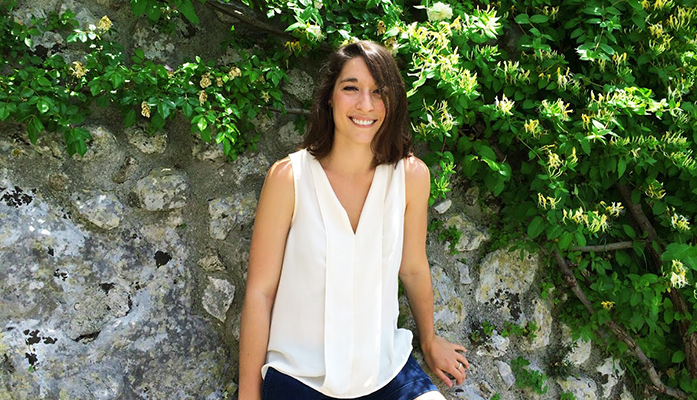
Public health initiatives in urban environments may be the key to a greener future
“With the way the world’s developing, we’re expecting to have 50% of people living in cities by 2050. It’s a staggering percentage, and I think for sustainability to succeed, we have to focus on urban areas,” says Laura Barron (Master of Environmental Studies/Master of Public Health, ‘17—expected).
As the Program Coordinator for the Penn Institute for Urban Research (IUR), Laura works across the University to foster collaborations among scholars and policymakers to address the needs of an increasingly urbanized society. As a part-time dual-degree Master of Environmental Studies (MES) and Master of Public Health (MPH) student, Laura’s professional life and academic pursuits work in perfect harmony.
“I’m learning about things in my job that apply to my school and vice versa. For example, I’m taking two Geographic Information Systems (GIS) classes right now, and as part of my job at Penn I’m learning how to apply it to urban areas and sustainability issues—it’s a great tool for data visualization and analysis.”
The tangibility of data, as Laura finds, is paramount in getting the public on board with environmental issues. As the MES program’s first MPH dual degree student, Laura sees public health as the bridge that the environmental field needs. “A lot of health-related positive outcomes are tied to environmental outcomes,” she notes, “When there is a health-related issue, people can hold onto that and know what it is, and that’s something they’re more willing to change for.”
By working and studying in Philadelphia, as well as having access to the Penn Health System, Laura stays ahead of the curve in urban resilience and urban public health. Penn also offers a plethora of experiences outside of the classroom that enhance each student’s unique pursuits. When Laura isn’t setting up a seminar for IUR, brushing up on risk assessment and environmental strategies, traveling the world, or making enchiladas, she’s developing tools real people can use to make their neighborhoods greener, healthier places to live.
This project, which is housed at Penn’s Urban Health Lab, is part of a brand-new initiative called Do It in Your City (DIYC). Alongside Dr. Charles Branas, Laura is using GIS and evidence-based practices to measure how greening empty lots impact communities regarding crime, public health, general happiness and quality of life. With this data, they will not just demonstrate the importance of making environmental changes, they will give people the tools to do it.
“The goal is for you to be able to go onto the site, click on the greening lots button and get a step-by-step way to implement greening lots in your neighborhood. Most advice isn’t hands-on, and I find that frustrating. If you want people to act you need to give them the tools,” she adds, “I’m a firm believer in behavioral economics. Something has to be the cheapest and the easiest option for people to choose it. To be able to have such an accessible intervention where you can green the empty lot next to you, and it can increase the value of your home or lower your child’s risk of asthma…it’s almost too easy.”
Penn’s Master of Environmental Studies is celebrating its 20th anniversary this year and with innovations like the MES/MPH dual degree, students like Laura have the opportunity to learn and research on the cutting-edge. Laura notes, “The environmental field is such a changing conversation, and the MES program is always trying to stay relevant.”





